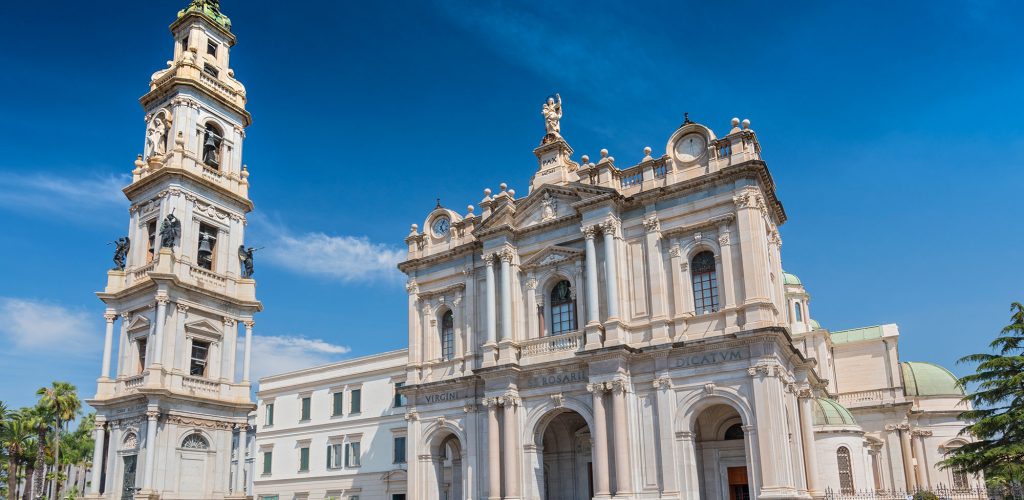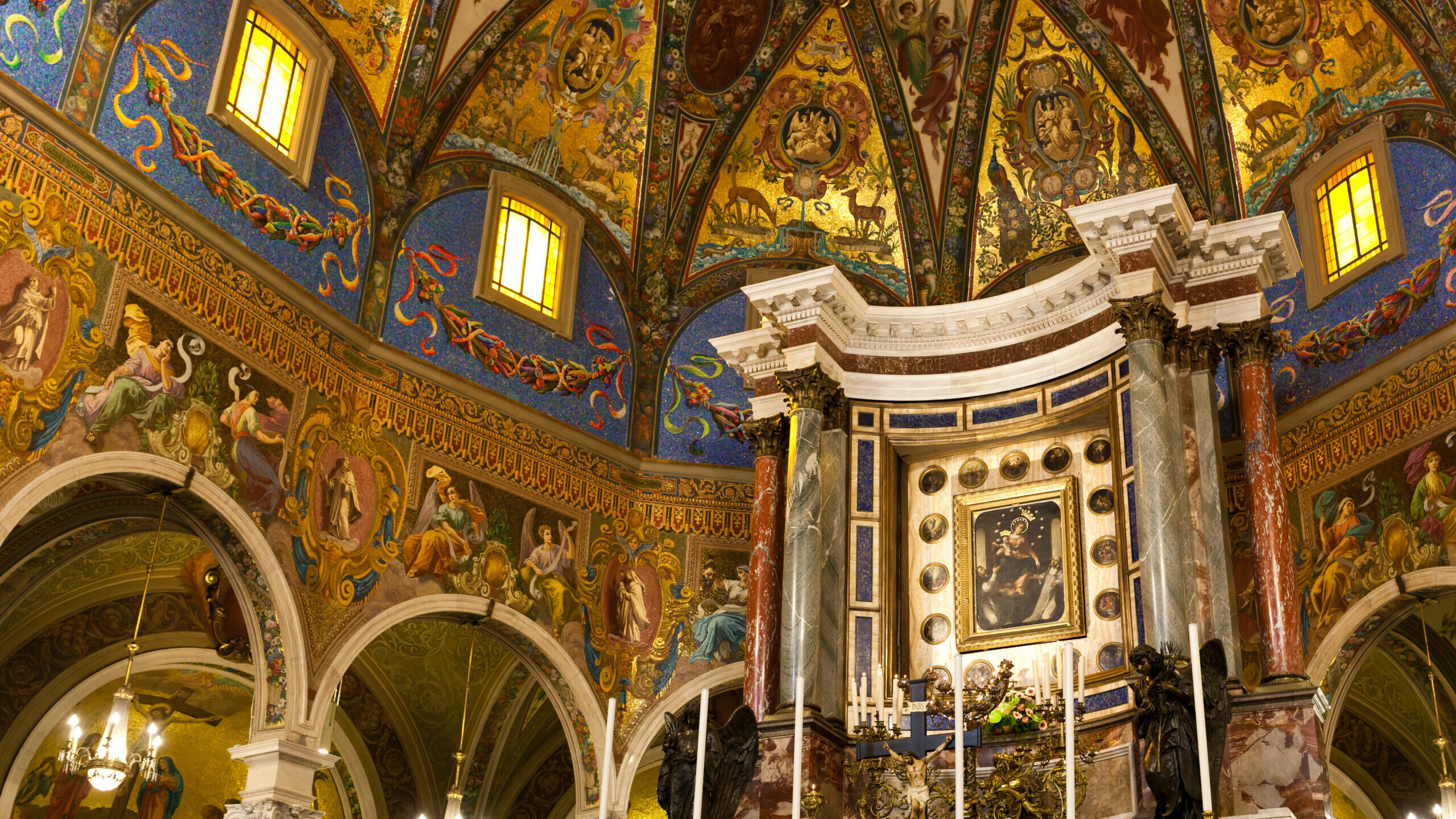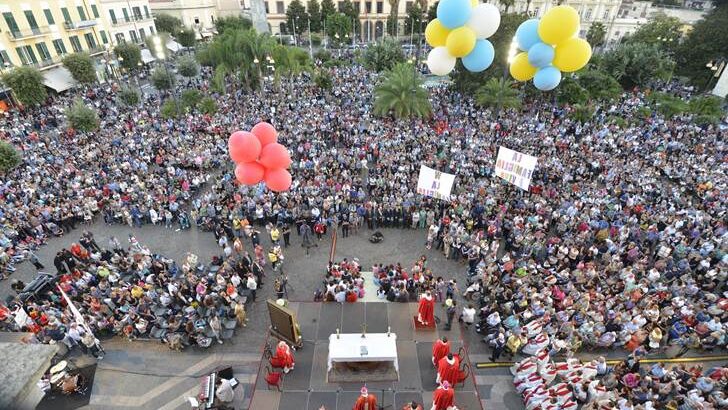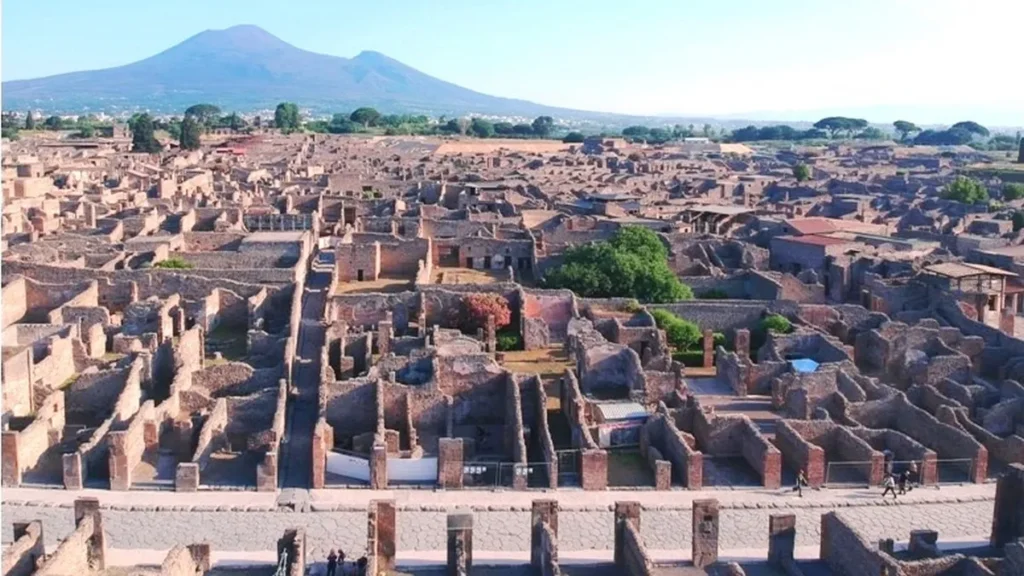
foto: hotel pompei
Nestled in the town of Pompeii, just a stone’s throw away from the world-famous archaeological ruins, the Shrine of the Blessed Virgin Mary of the Holy Rosary stands as a beacon of faith, history, and architectural beauty. This Catholic sanctuary, one of Italy’s most visited pilgrimage sites, offers a unique blend of spirituality and culture, drawing visitors from around the world for both its religious significance and its historical allure.
A Brief History
The sanctuary was founded in 1876 by Bartolo Longo, a lawyer who, after a personal conversion experience, dedicated his life to the propagation of the Rosary and the Christian faith. Longo’s devotion to the Virgin Mary inspired him to build this shrine in honor of her and the power of the Rosary. His work transformed Pompeii, which at the time was a largely forgotten and impoverished region.
The central focus of the church is the miraculous image of the Madonna of the Rosary, a painting depicting the Virgin Mary presenting the Rosary to Saint Dominic and Saint Catherine of Siena. This image, believed to hold miraculous powers, has become the heart of the shrine and a symbol of hope for many pilgrims seeking healing and solace.
Architectural Beauty
The basilica’s neoclassical design, with its majestic facade and towering bell tower, is a striking feature of the Pompeii skyline. The grandiose interior is adorned with intricate frescoes, marble columns, and elaborate altars, all of which contribute to an atmosphere of reverence and awe. The large central dome is particularly impressive, allowing light to flood the space, creating a peaceful and uplifting environment.

The religious significance of the Pompeii sanctuary
The sanctuary is not only a place of historical importance but also a vital center of Catholic devotion. Every year, thousands of pilgrims travel on foot to Pompeii to pray before the image of the Madonna of the Rosary. The Supplica, a prayer recited in unison by millions of faithful worldwide, is held here twice a year—on May 8 and the first Sunday of October—attracting believers from all over the globe.

The shrine also plays a significant role in promoting the Rosary as a key aspect of Christian prayer life. It is often described as a place of miracles, with many people reporting physical and spiritual healings after their visit. These accounts of divine intervention further enhance the shrine’s reputation as a spiritual haven.
A Pilgrimage Destination and More
While its religious importance is undeniable, the Shrine of the Blessed Virgin Mary of the Holy Rosary of Pompeii is also a site of cultural and historical interest. Visitors often combine their trip to the sanctuary with a tour of the nearby Pompeii archaeological site, which offers a glimpse into life in ancient Rome before the catastrophic eruption of Mount Vesuvius in 79 AD.

The close proximity of the sanctuary to such an important historical site enriches the experience for tourists, providing them with the opportunity to explore both spiritual and ancient history in one visit. The basilica itself is considered an artistic masterpiece, with its stunning decorations and impressive architecture offering something for both devout pilgrims and art enthusiasts alike.
Visiting the Shrine of Pompeii
The sanctuary is open to visitors daily, with regular religious services and special events held throughout the year. A visit to the shrine provides not only a spiritual journey but also a chance to experience the serene beauty of the surrounding landscape, with Mount Vesuvius serving as a dramatic backdrop.
Whether you are seeking a place for prayer, peace, or simply a deeper understanding of Italian religious culture, the Shrine of the Blessed Virgin Mary of the Holy Rosary of Pompeii is a must-see destination. Its combination of history, art, and faith creates an unforgettable experience for anyone who steps through its doors.
A curiosity about the Sanctuary of Pompeii
The “Madonna di Pompei” is often invoked by Neapolitans in moments of frustration within blasphemous expressions.







